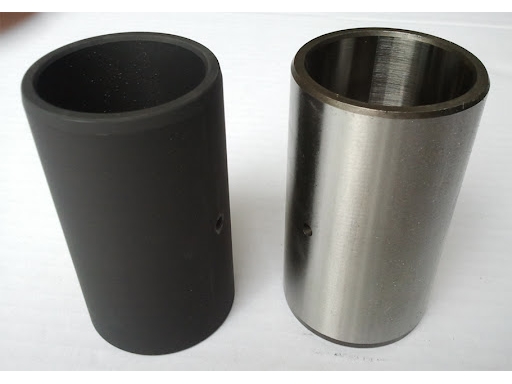 November 21 2024
November 21 2024
What is Manganese Phosphating?
Manganese phosphating is a surface treatment process applied to metal surfaces to protect them against wear and corrosion. During this process, a manganese phosphate (Mn₃(PO₄)₂) layer forms on the surface. It is particularly suitable for metal parts subjected to high friction and wear, enhancing their performance and longevity.
Cleaning:
Oil, dirt, and oxides are removed from the metal surface to allow effective chemical interaction.
Phosphating Bath:
The metal is immersed in or sprayed with a solution containing manganese phosphate and other additives. Chemical reactions create a manganese phosphate layer on the surface.
Lubrication (Optional):
After phosphating, the surface can be lubricated to further enhance wear resistance.
Drying:
The treated surface is dried, making it ready for subsequent applications.
Proper management of chemicals and waste generated during the phosphating process is essential. Effluents should be treated and disposed of responsibly to minimize environmental impact.
Manganese phosphating is an ideal surface treatment method for metal parts operating under high friction and wear conditions. It is widely used in industrial applications to enhance durability and prevent corrosion.